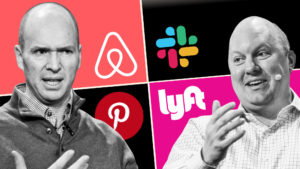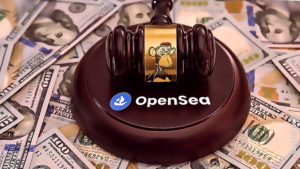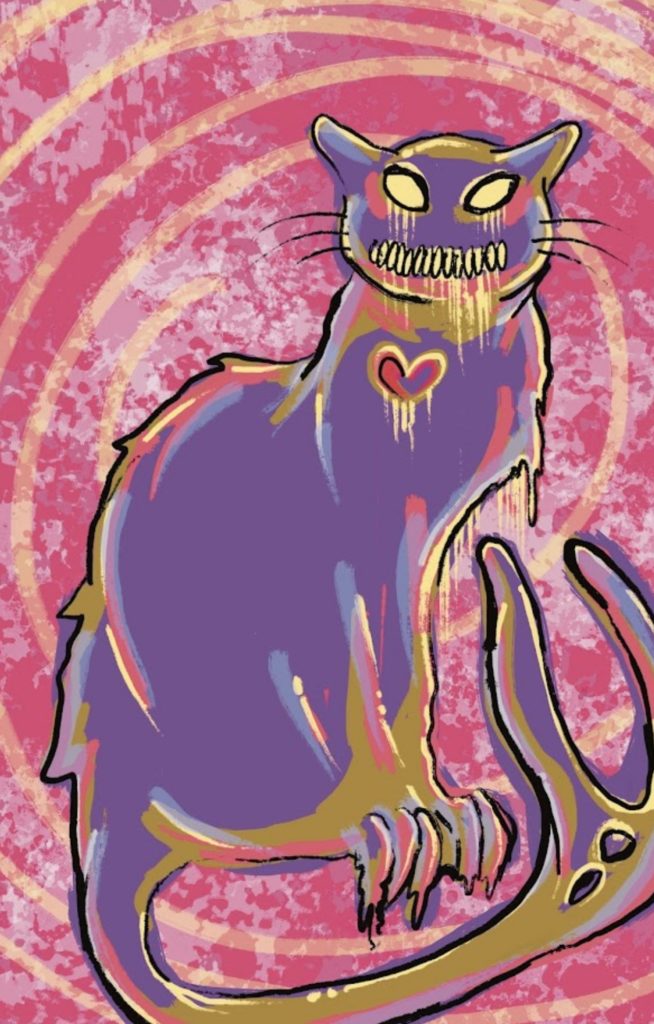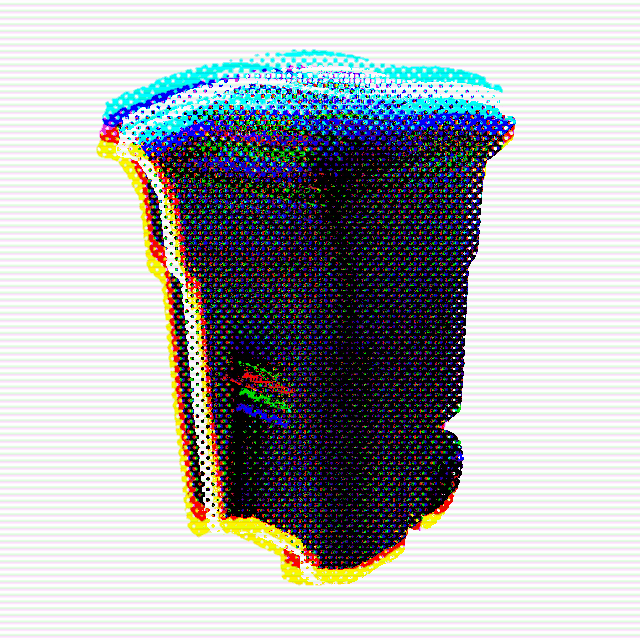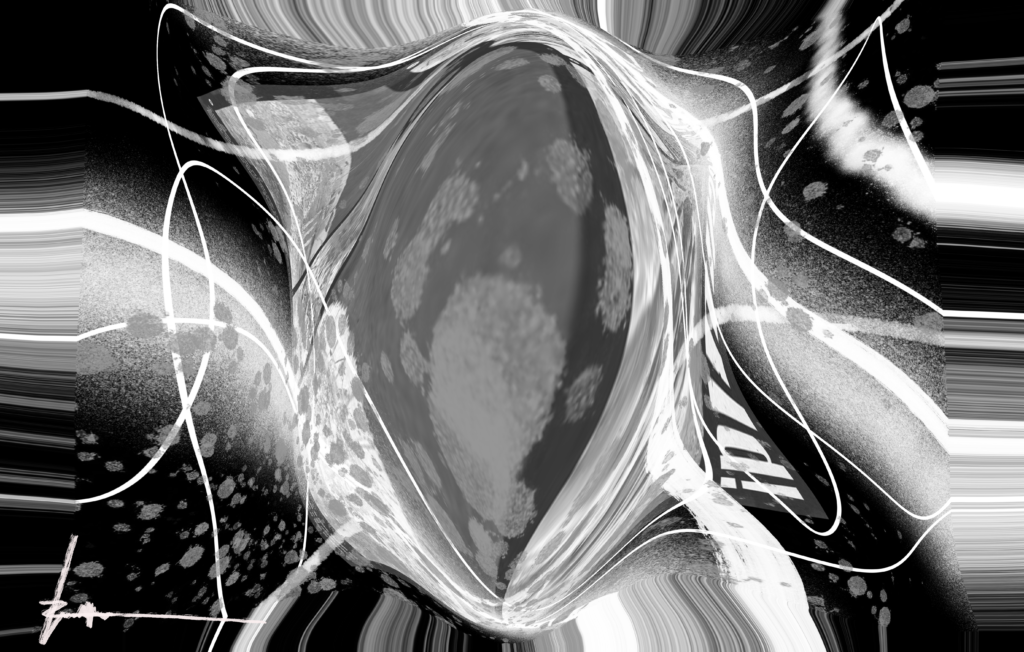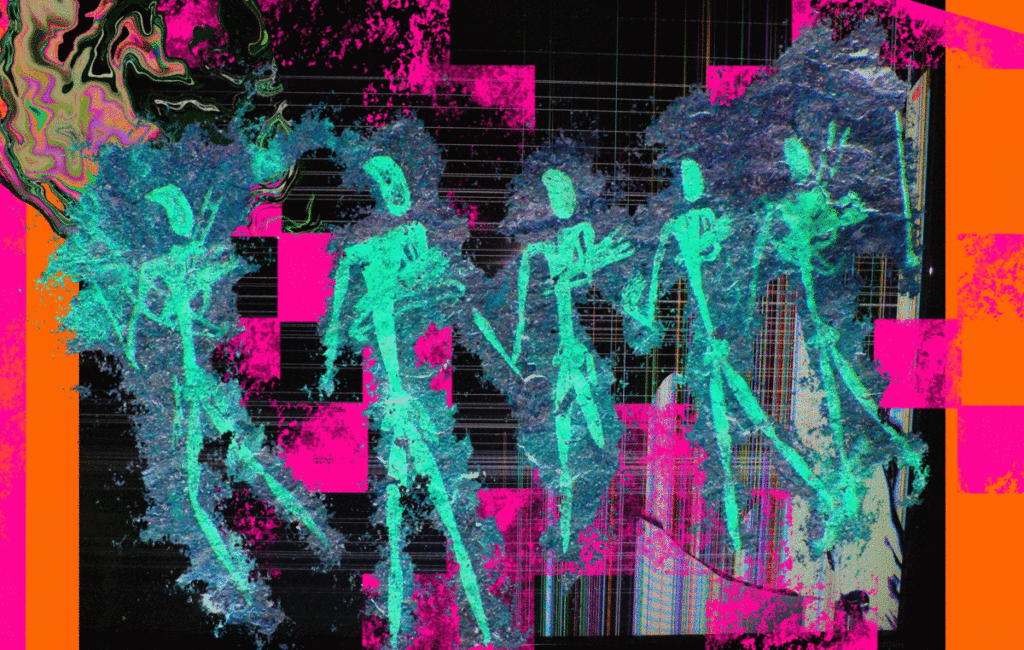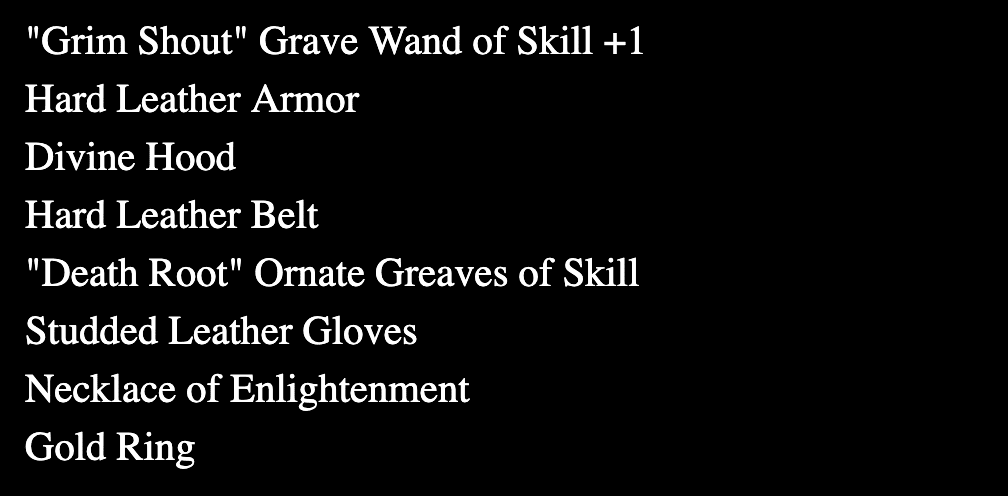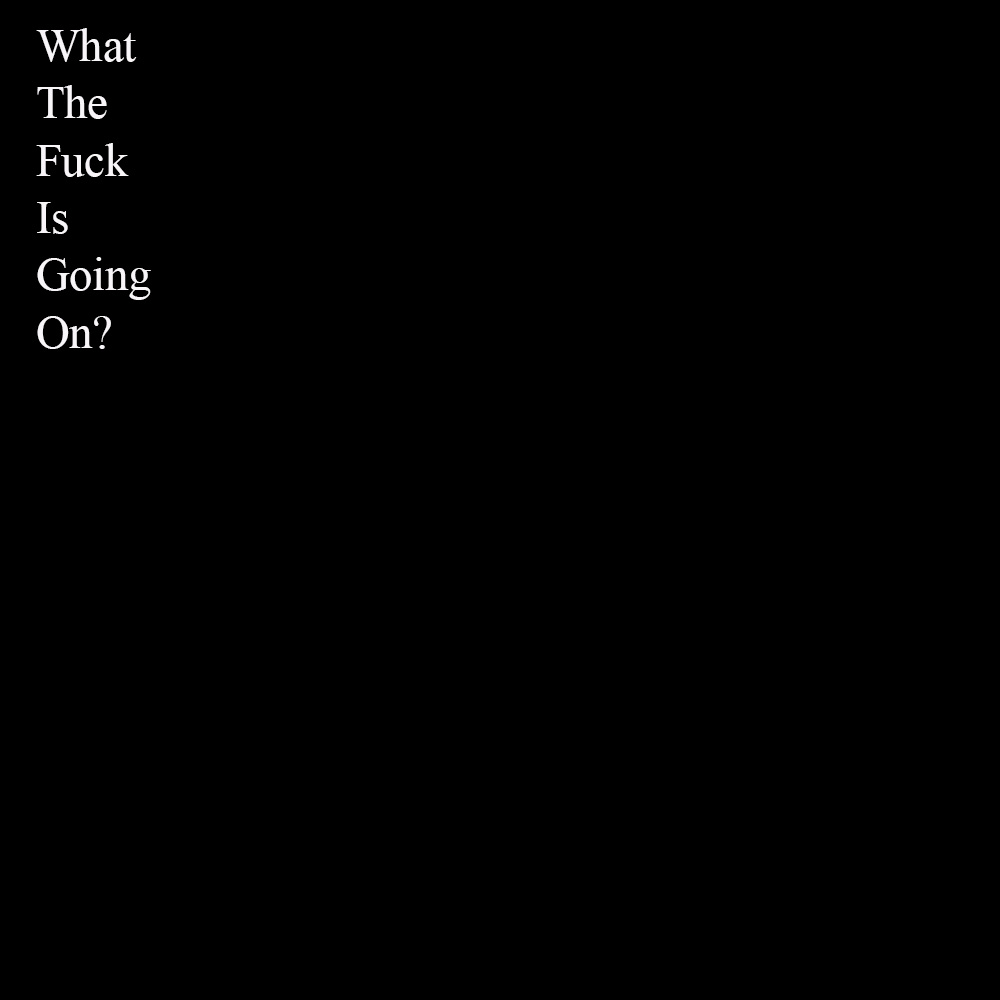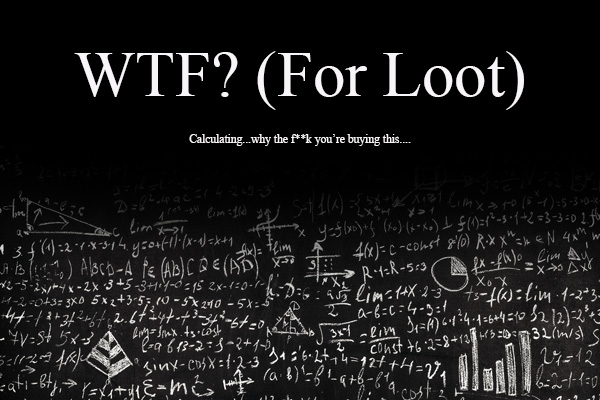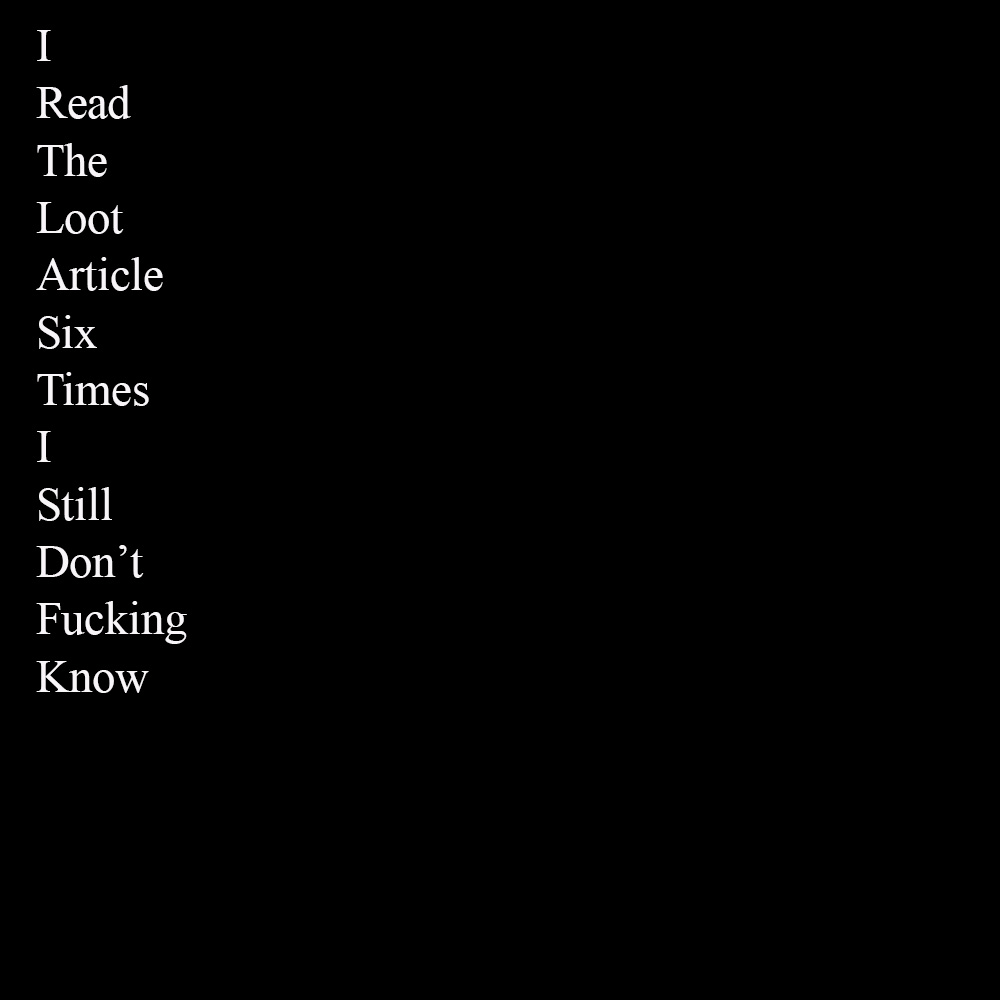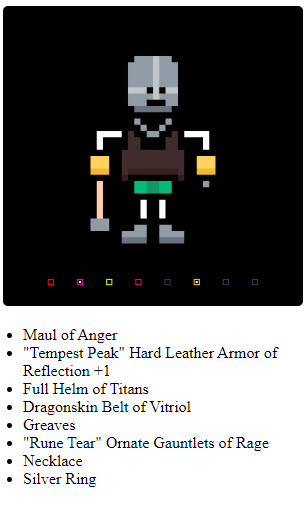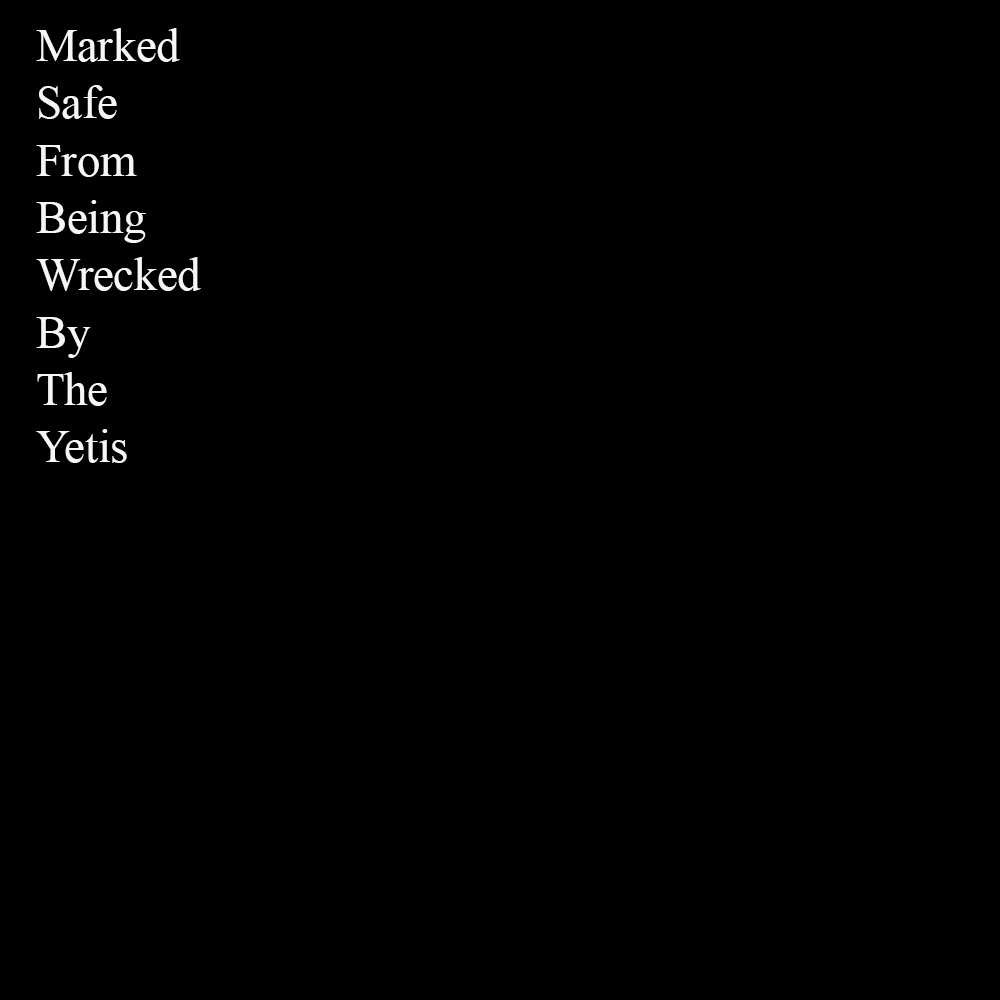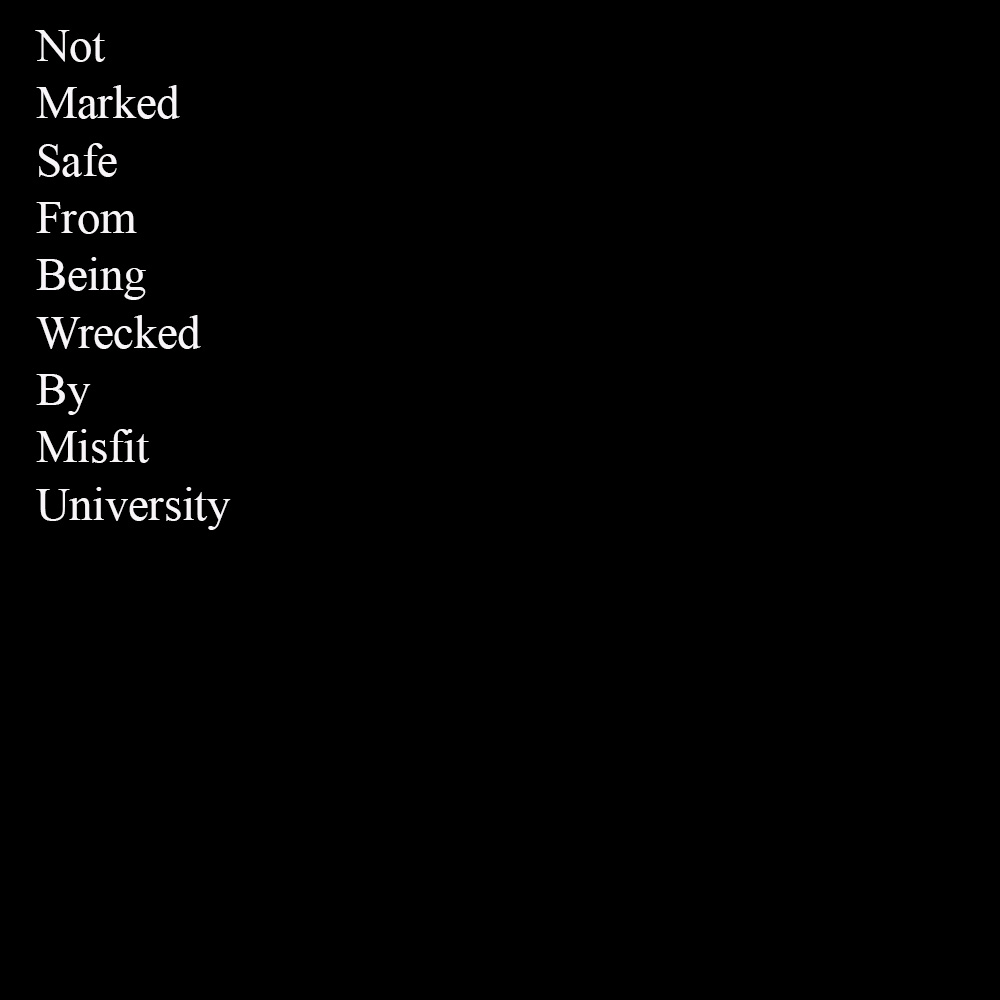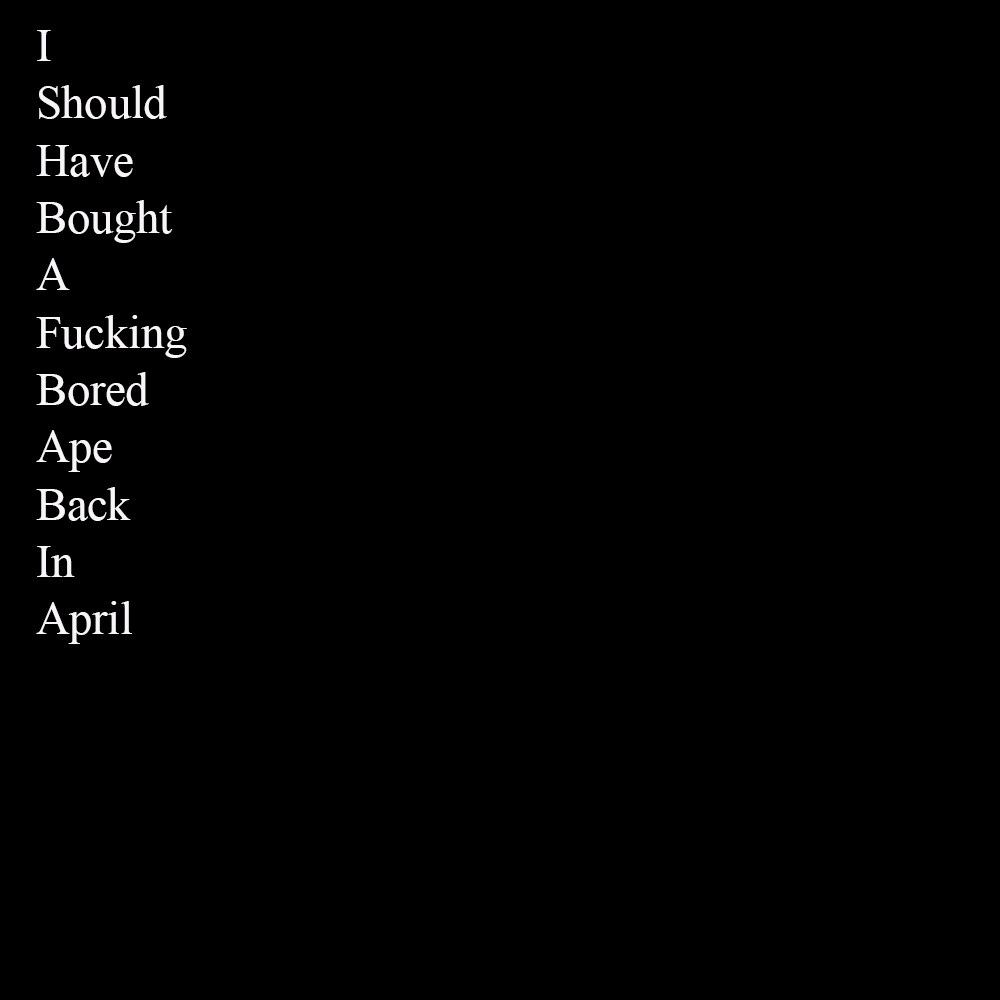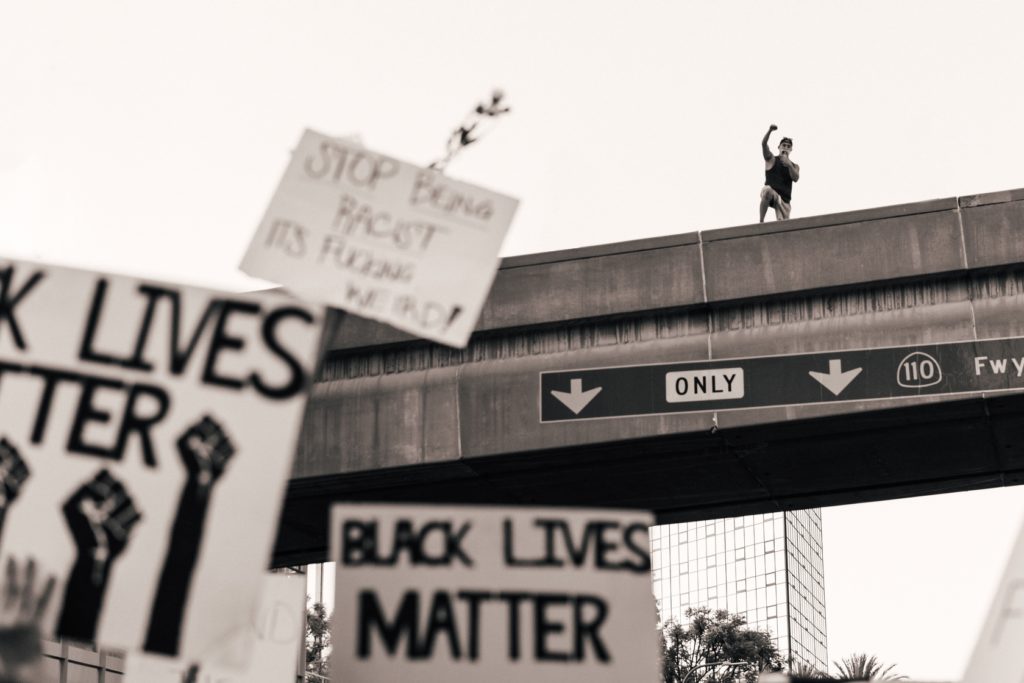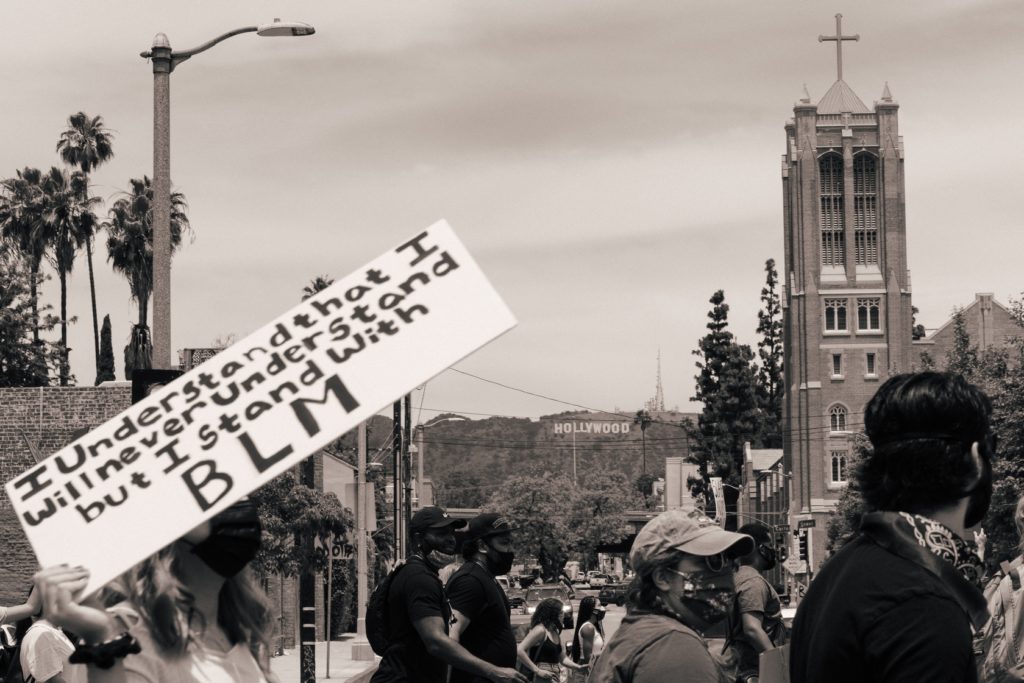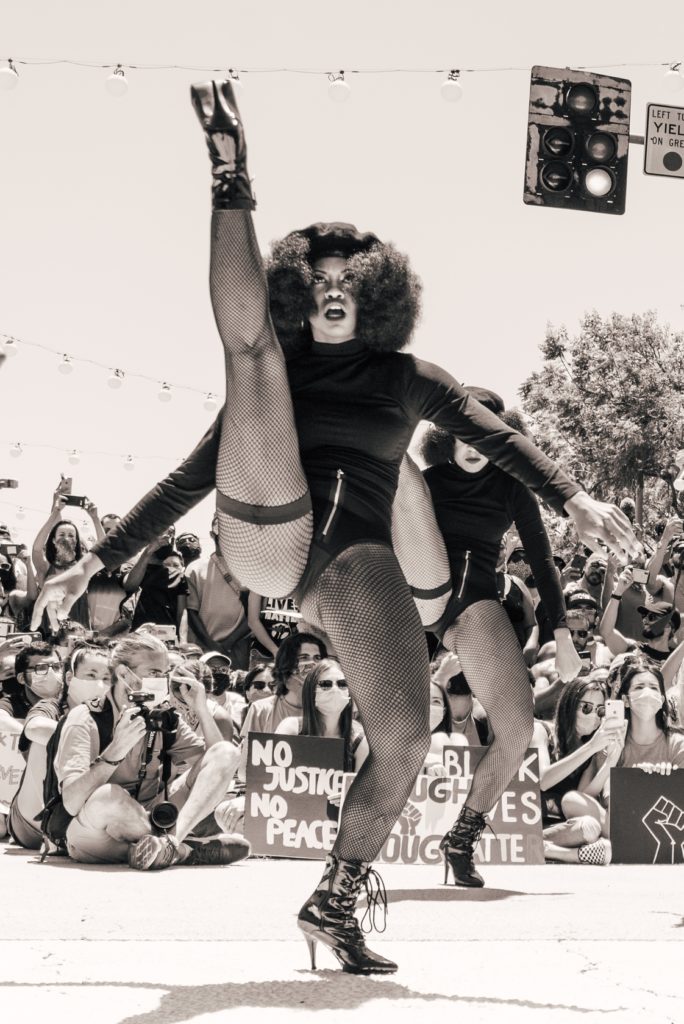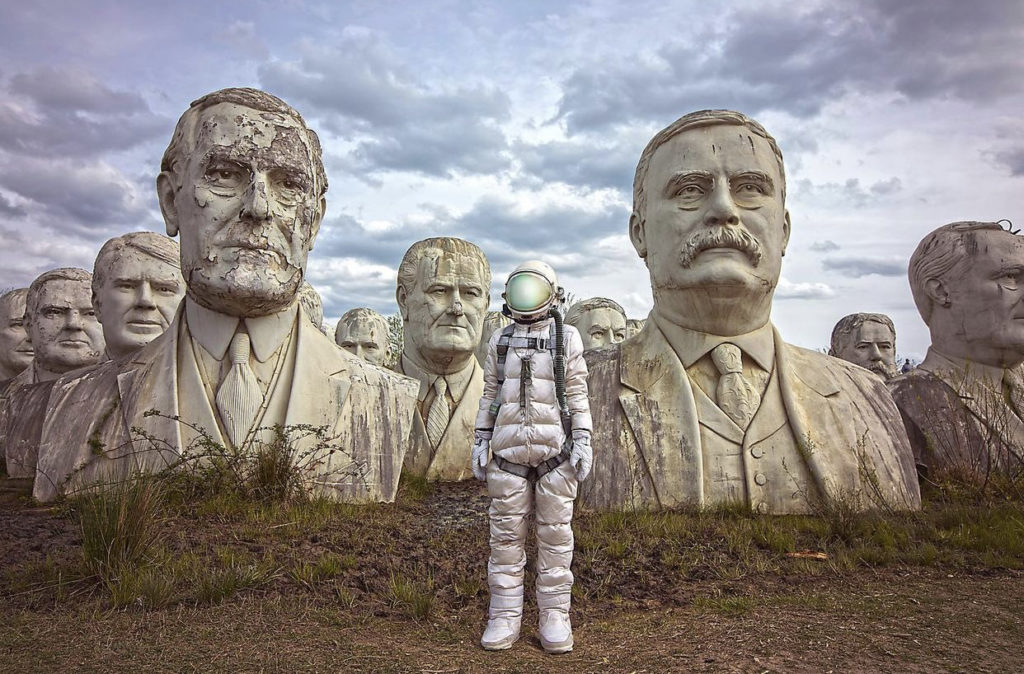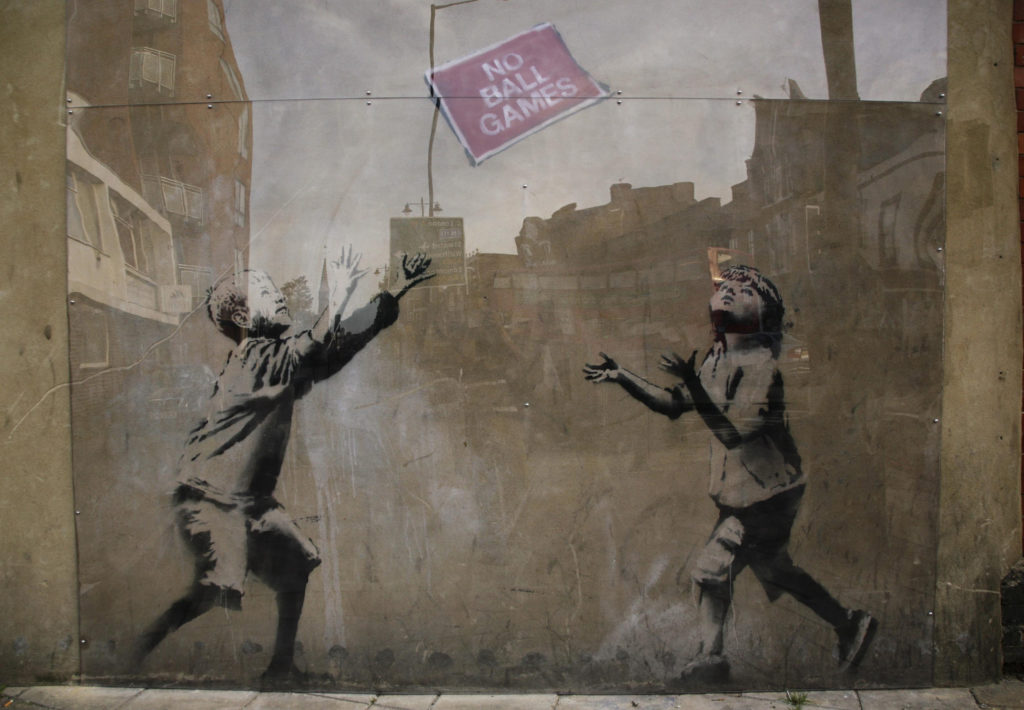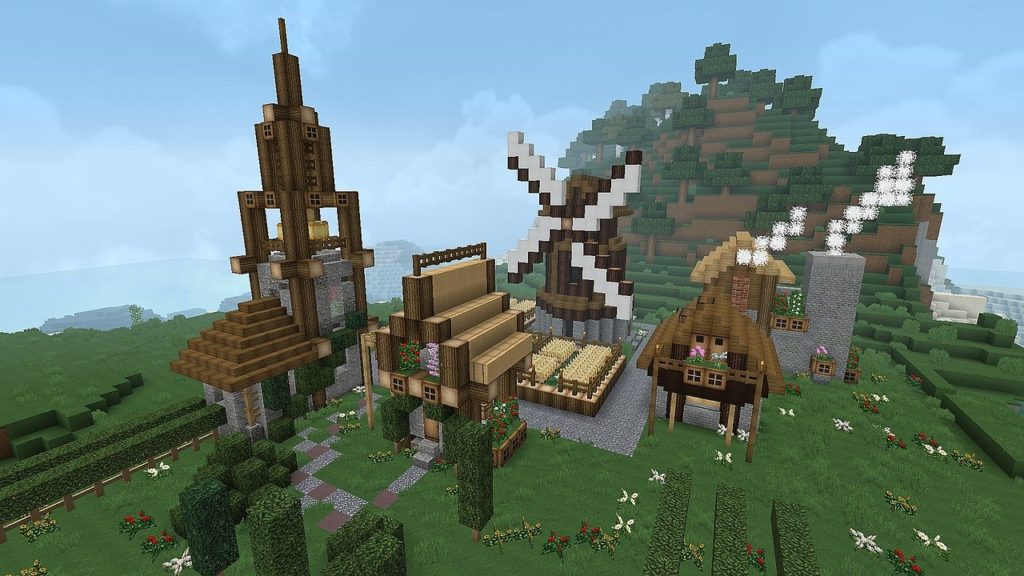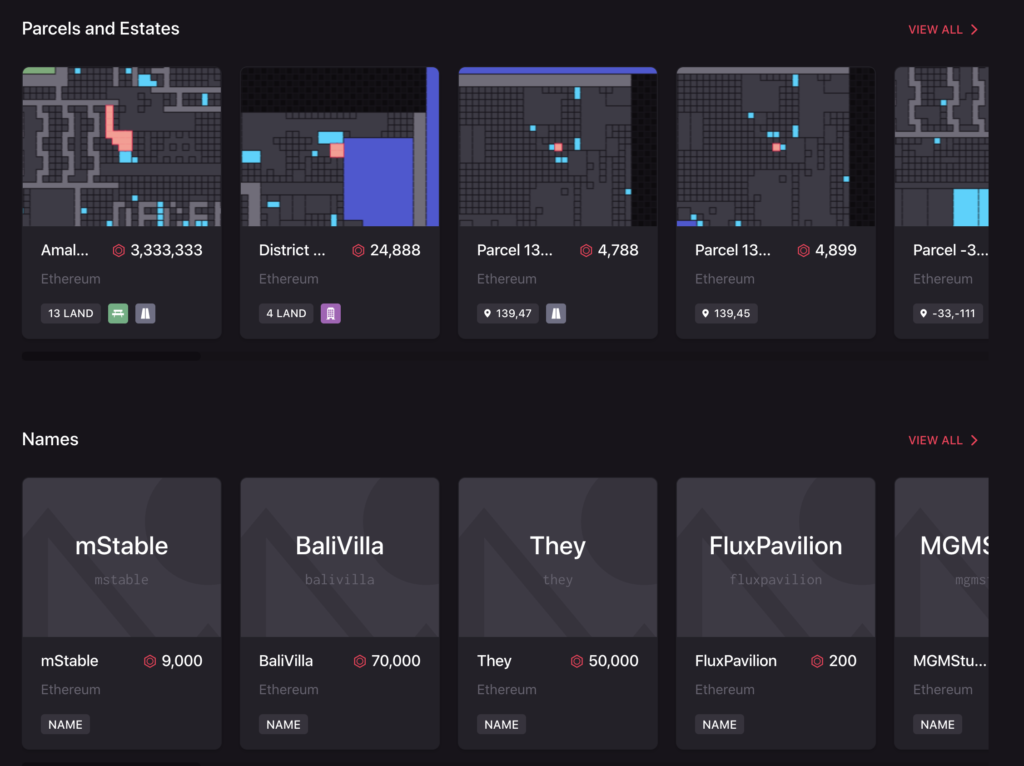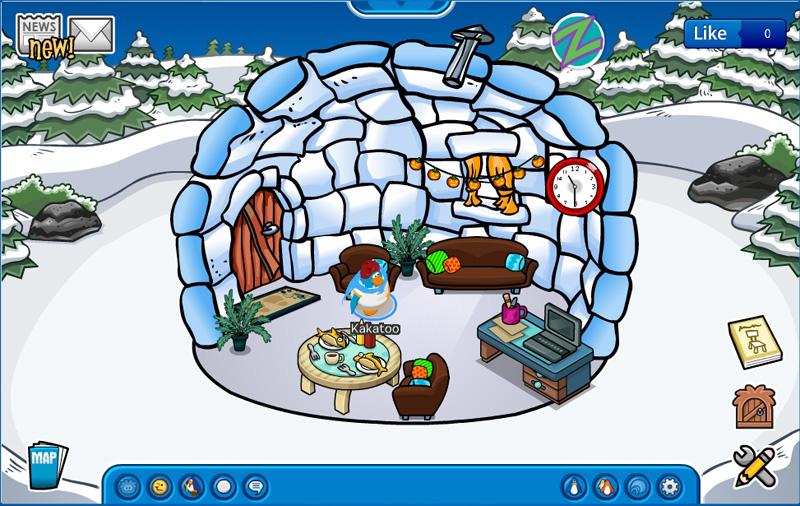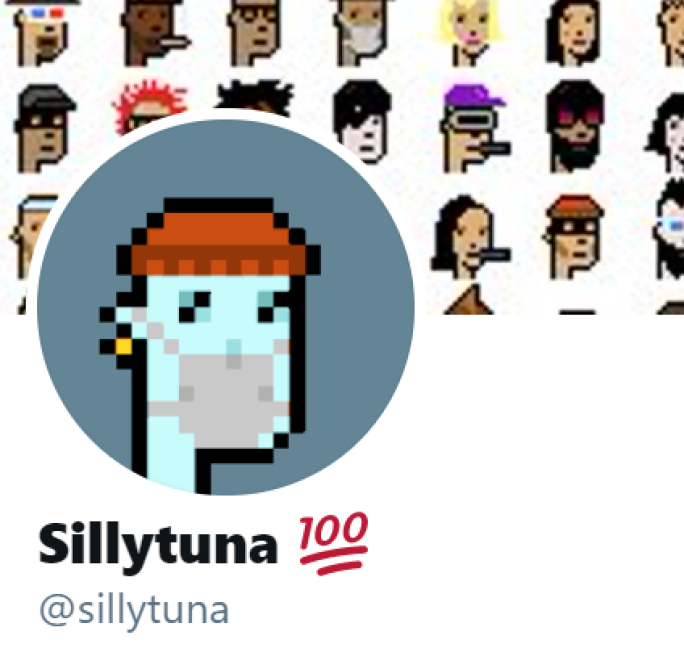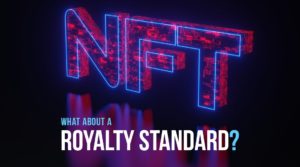cryptAngeles community gathering at Hangar 8 hosted by Kyle Schember and B Creative
[photo: skidrowcrypto]
There’s a web3 social movement happening in Los Angeles, and if you haven’t observed — it’s not just about connecting your wallet; it’s about connecting people in search of belonging.
Among the many crypto communities forming across the globe, Los Angeles is best suited to become the most innovative, inspiring, and engaging of them all. This is because LA is arguably the most famous city in America that consistently attracts and retains the world’s top talent. With an abundance of sun, scenery, and nightlife, Los Angeles welcomes cultures, languages, and traditions from all over the world. Southern California is also home to some of the safest cities, and although California’s population is rising, its unemployment rate is falling. All of the state’s wealthiest communities are found in coastal areas where career opportunities abound, and almost half of the state’s billionaires come from tech.
Community development is essential to establish the foundation a city builds upon to improve the lives of those who show up, participate, and contribute. Community builders are working hard every day to introduce Angelenos to blockchain technology; its premise of sovereignty and empowerment, the potential to solve real-world problems, and the hope for equity and inclusion within its trustless code. Among the many influencers at the forefront of blockchain conversation both online and off, a growing number of web3 projects — onboarding initiatives, co-working, and co-living spaces, and social clubs, have been formed and founded for the purpose of uniting like minds to further indoctrinate, educate, and collaborate.
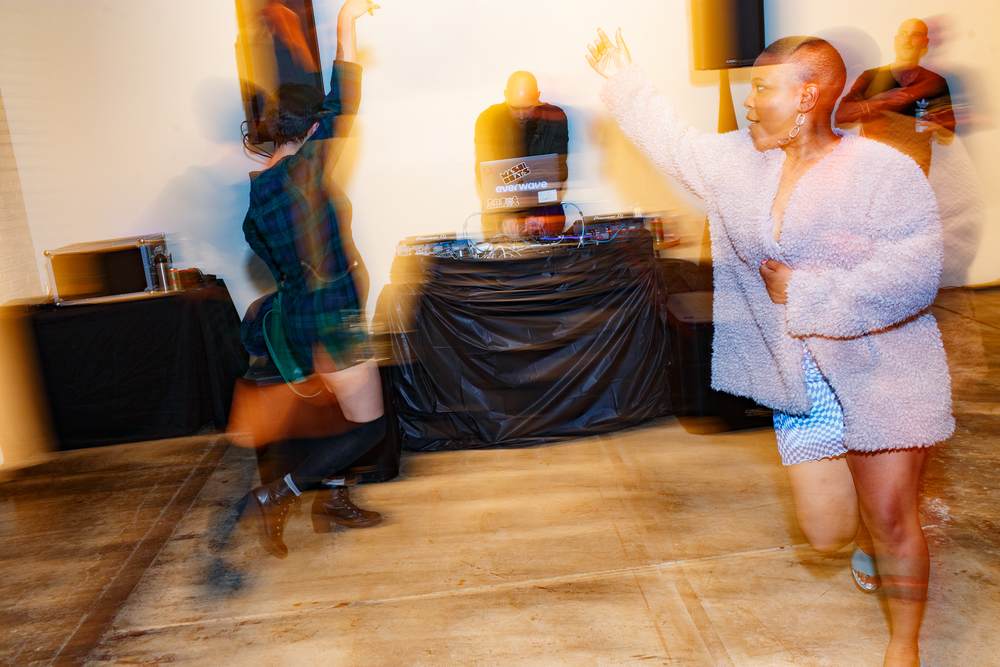
New Friendship Tech [photo: Preston Thalindroma]
According to Ben Spievak, co-founder of NEOREN.io, “Community is an organized group of people whose combined efforts build or achieve something great.” NEOREN (Neo-Renaissance) emphasizes health and wellness among its core values, which include higher consciousness and spirituality. “People in a community should genuinely care about each other as individuals to become friends, spend more time together, and help one another grow,” Spievak said. NEOREN carefully curates its members to assist artists and innovators by hosting exhibits and events that appeal to an audience of qualified collectors and investors. By hosting sober events in high-value locations like Beverly Hills and Malibu, NEOREN achieves a level of social sophistication that offers a much-needed alternative to the countless deejay-driven warehouse parties the crypto community is all-too-familiar with.
The biggest misunderstanding is what it takes to invest in a community; establish trust, and earn the trust of the people. The crypto community has experienced plenty of cash-grab projects and events by producers who would rather extract from the community than sustain its growth. Discerning the difference is remarkably intuitive; you can literally feel the disingenuous tone in the way such events are marketed; if the community feels adequately represented from the bottom up, and whether or not the cost of participation alienates the very people these events are supposed to benefit.
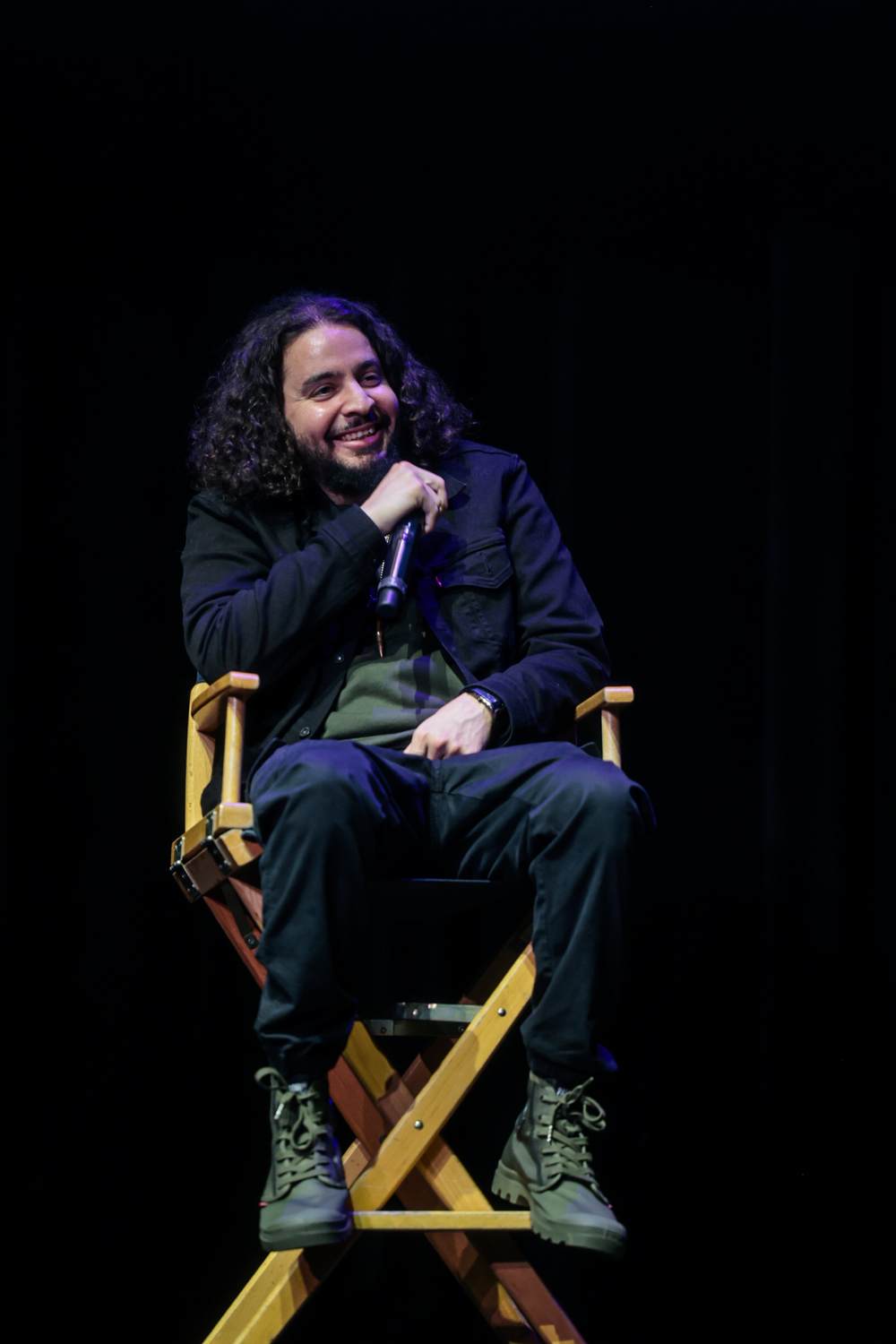
Eric ‘Motivate’ Spivak at New Friendship Tech [photo: Preston Thalindroma]
Relationships and rapport are everything,” says Eric ‘Motivate’ Spivak, co-founder of NFTs.tips. For more than a decade, Motivate has sharpened his instincts and honed his ability to allure Angelenos from the comfort of their homes, into their cars, and through daunting traffic to venues and stages across Southern California and beyond. Since 2010, his agency has produced over 500 events featuring thousands of performers in fashion, arts and music. Most recently, Motivate organized New Friendship Tech, a 3-day community alternative to NFT LA to welcome those who felt marginalized by happenings at the LA Convention Center. “I’ve always found myself dedicated to breaking down walls and shattering glass ceilings,” he said. Through participating sponsors like Harmony One, Giant Connect, ISA Group, Proof of Good DAO, and Nifter, Motivate eliminates economic barriers to entry and participation by making unique and original programming freely accessible for those who simply RSVP. Sponsorships make a big difference by adding value and reducing organizational costs; Urconduit leverages its ties to venues and its familiarity among vendors to form alliances that become the essential ingredients to facilitate successful events. “The opportunity to show people the way, or to expand their understanding and perspective, has always been extremely appealing to me,” Motivate said.
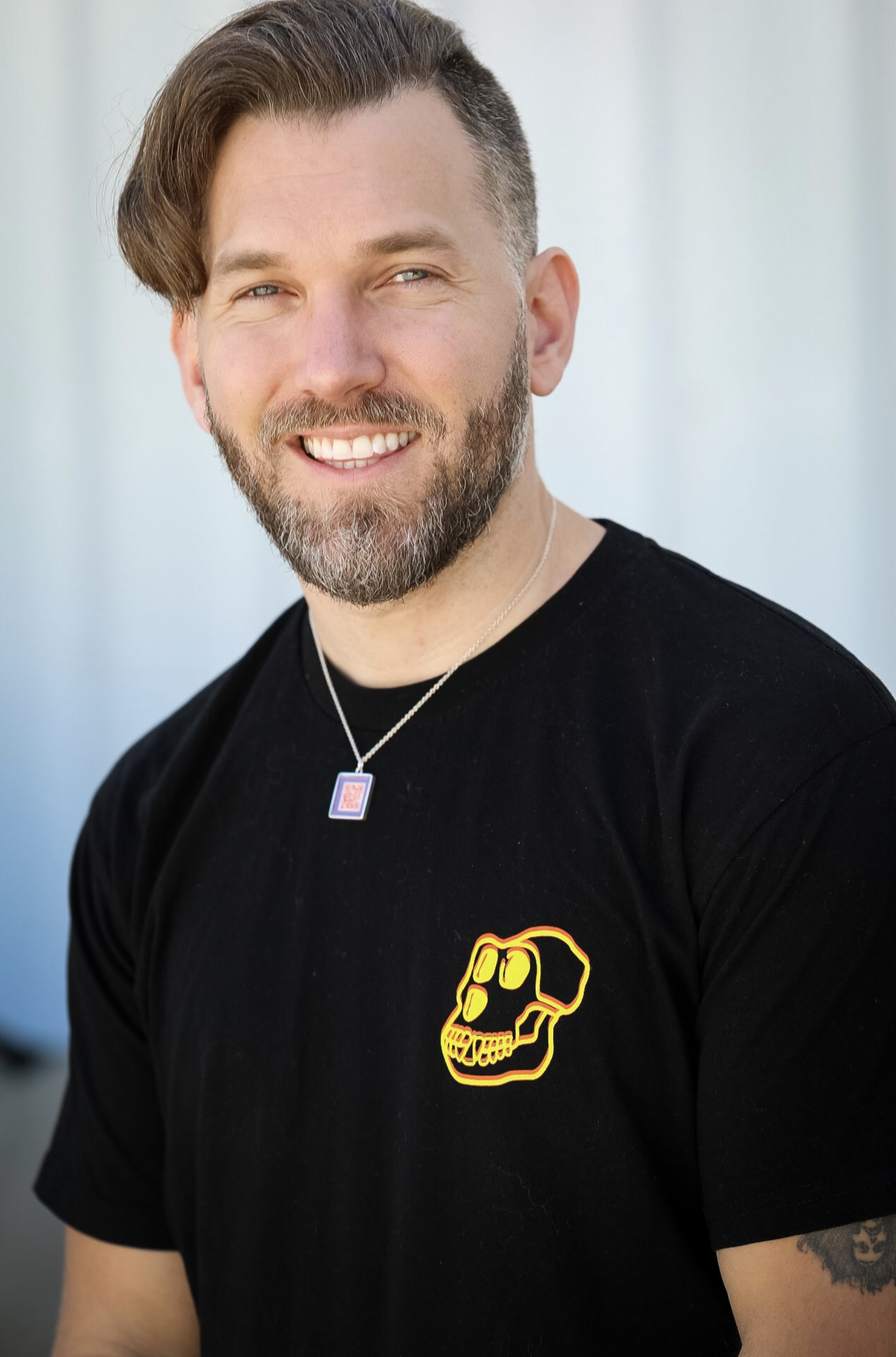
Gifdead [photo: skidrowcrypto]
When it comes to community building, Nifty Castle leads by example. Founded by multidisciplinary artists Gifdead and Woahboy, Nifty Castle is first and foremost a community of artists supporting each other. Having supported 1-of-1 artists like Henric Aryee over a year ago, to launching generative art collections like Deebies, and most recently the gender inclusive WitchyGF, the Nifty Castle community has exemplified consistent persistence and tireless tenacity. Gifdead and Woahboy never shy away from hard work; they rolled up their sleeves and got their hands dirty to build a durable and lasting community they’re both proud of. “Even though community is, by nature, a collective, it’s about establishing one-to-one relationships, and then scaling that, which doesn’t happen quickly,” Gifdead emphasized. In fact, it took 5 months for Deebies to sellout, and to the community’s benefit, the diligence required to convert passive observers into avid supporters one collector at a time built a zealous community and ecosystem that continues to grow and thrive. “Throwing good events is a lot of work,” he said. “It’s a grind, and it’s really taxing—especially when you have a small team like ours,” he added. Like Urconduit, Nifty Castle has been active and present in producing community-driven events parallel to major blockchain conferences in several cities. In addition to Gabe-A-Palooza in Los Angeles, Nifty Castle has hosted events around Art Basil Miami Beach, NFT NYC, and ETH Denver. “We’re out here doing this so the community has some cool spots where they can go hang out, meet each other, and create meaningful, memorable experiences,” Gifdead said.
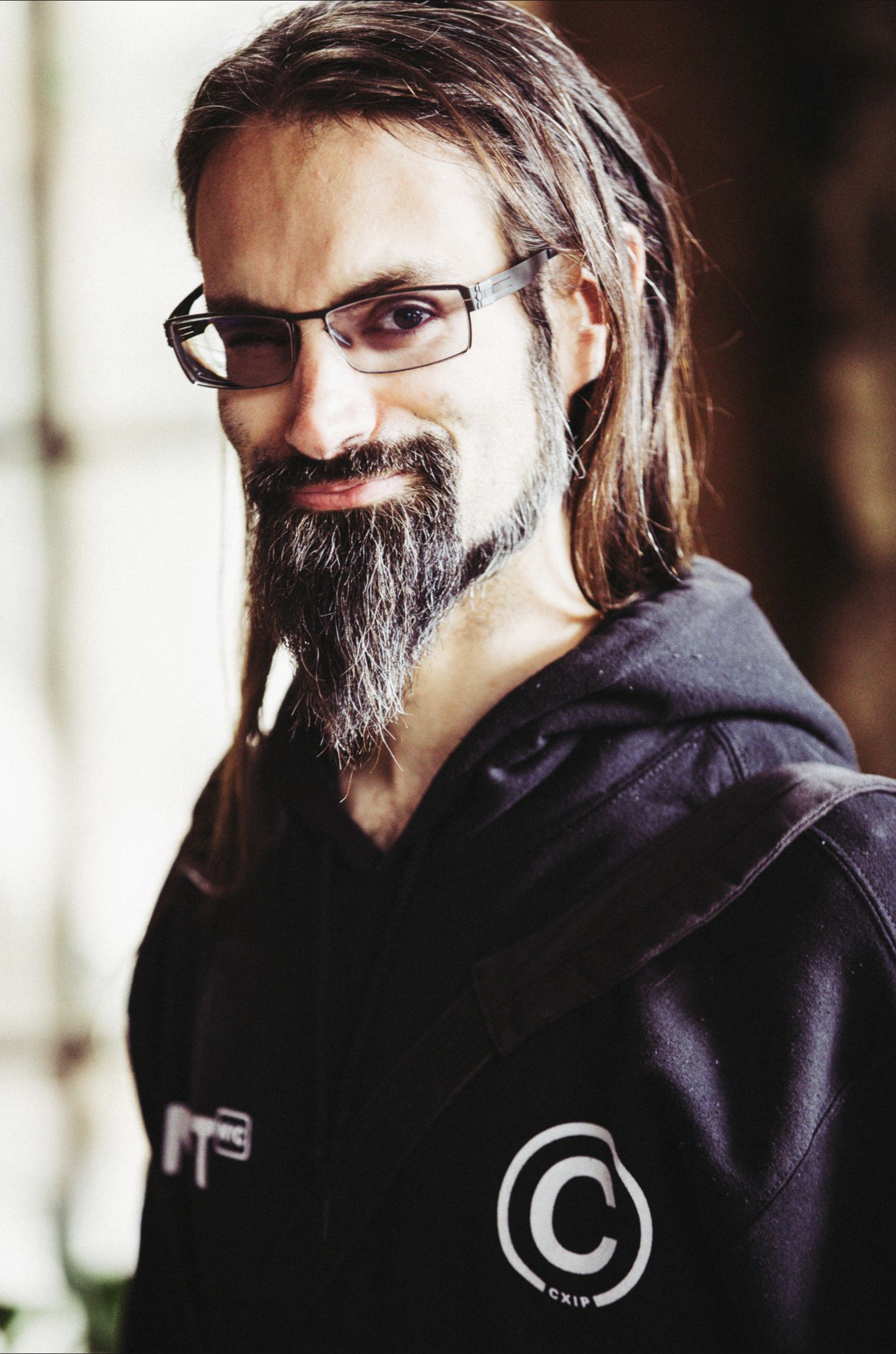
Andreas Knüttel [photo: skidrowcrypto]
Vanity metrics will never supplant real community. There is strength in numbers, yet numbers often lie — ask anyone who develops and applies statistical and mathematical theories. Social ‘influence’ is often overemphasized when those who attempt to leverage it lack the contextual understanding of its portability to be effectively transferred. However, data can be analyzed and utilized to optimize communities, and organizers like Andreas Knüttel are utilizing its inherent value to inform groups and distribute shared resources. Known in cryptAngeles as a community overseer, Knüttel embodies Visa’s retired slogan, “…everywhere you want to be.” This is a fitting reference because, over the past 10 years, Knüttel has lived in Switzerland, California’s Sonoma Valley, Hawaii, and now cryptAngeles. His first blockchain experience was in 2016 when he earned $150 for posting to the social media/blogging platform Steemit. With more than a decade of experience managing data for social events, Knüttel is now uniquely positioned to direct local and international artists, collectors, web3 entrepreneurs, and investors with golden opportunities to dialogue among like minds.

Gabriel Paxton, CEO of NEOREN and Col. (Ret) Arnold V. Strong [photo credit: skidrowcrypto]
“People who view a growing community as a numbers game are making a mistake. It’s easy to run lead generation ads and grow the number of members in your Discord, but that’s useless. Community growth should happen naturally because the members truly love the experience they’re having and want to share it with their friends,” Ben Spievak said.
Both virtual and IRL communities require the same growth strategies to make them sustainable. “Like IRL events, virtual communities shouldn’t be perceived as a one-way marketing channel; it’s a space for community conversation. It’s a feedback loop and a symbiotic relationship,” says Gifdead. “To build the most valuable community, you’re not going to be relegated to online or IRL; you reach across as many different channels and venues as possible.”
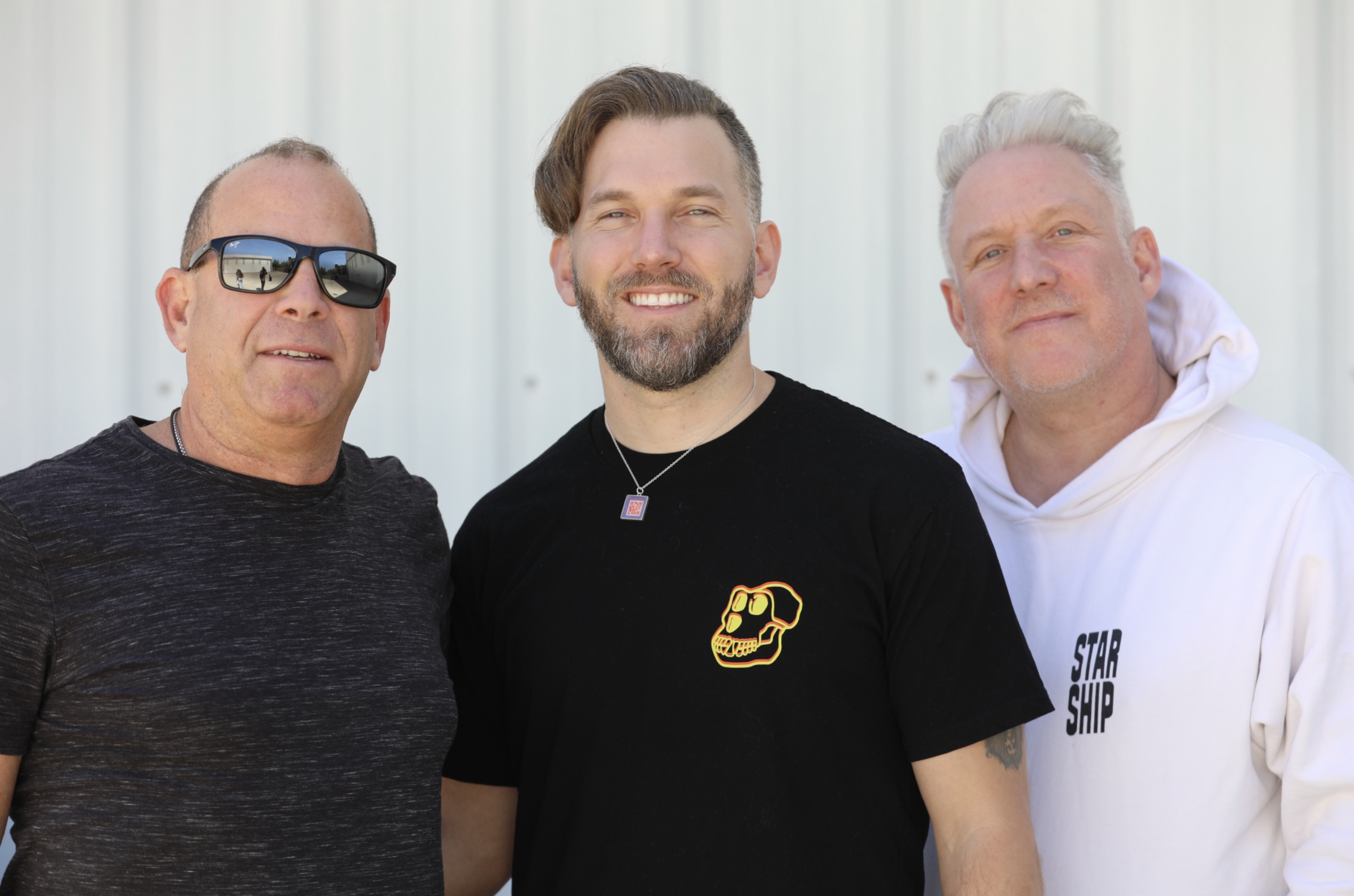
Randy Levy, Gifdead and Kyle Schember [photo: skidrowcrypto]
“Online communities are very transactional — whereas real-world communities are more about the emotional and spiritual benefits,” Ben Spievak noted. “At NEOREN, we’re bridging the two by creating a token gated online community with real-world events and social gatherings, because, in web3, everyone can be friends. People get stuck in the idea that money is the goal. Happiness is the real goal,” he emphasized.
Welcome to cryptAngeles, where a web3 Neo-Renaissance is changing the way communities gather, interact and prosper. There’s a wealth of knowledge and an abundance of human capital to welcome your talents and embrace your ambition IRL.

